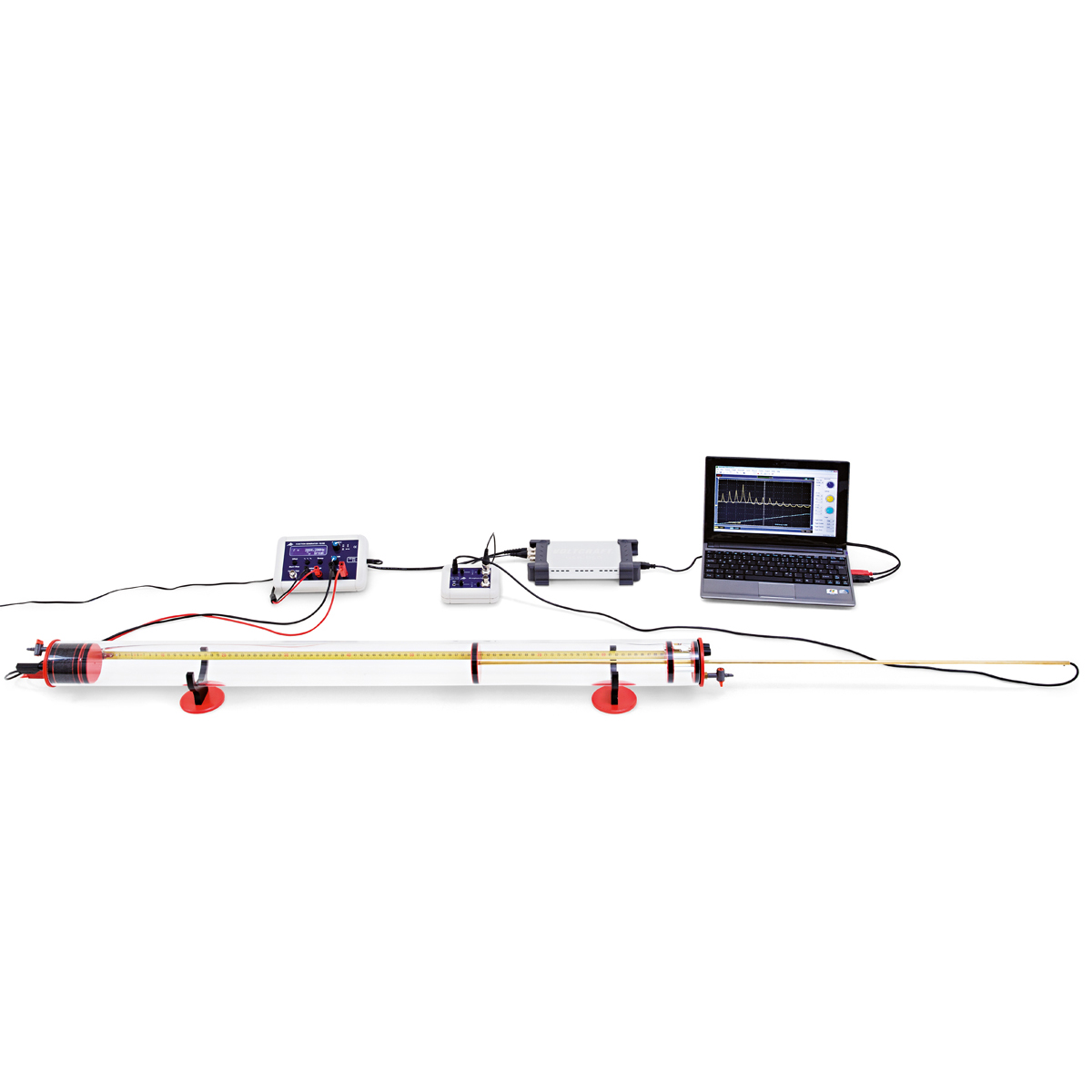

Record the value of x₂ on the tape measure. Use the tape measure to mark out four wavelengths, x₂ = 4 λ₂.Remember that it’s easier to do this part with the wave amplitude at maximum. Use the same method you just used above to measure the wavelength of this new wave. Adjust carefully, because the slider is continuous (it won’t ‘click’ into place on a tick mark). Return to your browser window and adjust the frequency slider from the minimum setting to the midpoint setting, exactly halfway between minimum and maximum. Calculate the speed of the sound wave using v₁ = λ₁ f₁.Calculate the frequency of this sound wave. The frequency of the sound wave is the inverse of the period: f₁ = 1/ T₁.If T₁ = 2 t₁, what is the period T₁ of this sound wave? In this example, the time scale is in milliseconds and t₁ = 2.25ms. It’s hard to read on the small figure, but very clear on the bigger screen when you run the sim.

Speed of sound through air full#
The time marked off on the screen, from maximum to minimum, is exactly one half of a full oscillation, so the oscillation period T₁ = 2 t₁. That’s not a coincidence! Sound waves are pressure waves, and you are seeing the pressure change as the air molecules oscillate. Notice that the pressure graph looks exactly like a wave. A ‘good pattern’ will be like one shown, where you can see the maximum and the minimum pressure. When you get a good pattern on the screen, stop the propagation. You need a smaller amplitude to fit on the screen of the meter!Ĭlick the green button to turn the speaker on, and hit the Play button. Before you try to measure anything, decrease the wave amplitude. Now drag the pressure meter off the toolbar, and position one of the pressure sensors right at the center of the bright dot (just like you positioned the tape measure in the last step). Notice that we are using a different sim site this week, so it operates a little differently! Don’t try to start doing the lab yet! Just verify that when you click SOUND the simulation opens properly. In a browser window, navigate to the PhET Waves Intro simulation.Do you have paper and pencil handy? Don’t forget your calculator.If you are able to print it, you will not have to tab between windows-you can look at this and the simulation at the same time. It will save you time and frustration later. Read this handout completely before you try to dive in.Paper and pen or pencil (you’re always going to need these).Internet-connected device capable of running a browser.Calculate the average wave speed, and compare it to the known speed of sound through air.Apply the temperature dependence to predict the speed of sound through air at room temperature.Develop a technique to measure the frequencies of the sound waves.Measure the wavelengths of sound waves having different frequencies.Simulate a single-frequency sound wave propagating through the air.We will be using another PhET simulation (like we did for the Specific Heat lab). And once we have those values, calculating the speed is a cinch! We will measure the speed of sound by vibrating simulated air molecules that we can see, which enables us to measure the wavelength and frequency fairly easily. But the beauty of the complex cymatic patterns means that our simple experiment is realistic. The Sim that we will work on here is, of necessity, much simpler. Here’s a quick 6-minute video that shows you what happens when a musician applies some science to his art.


 0 kommentar(er)
0 kommentar(er)
